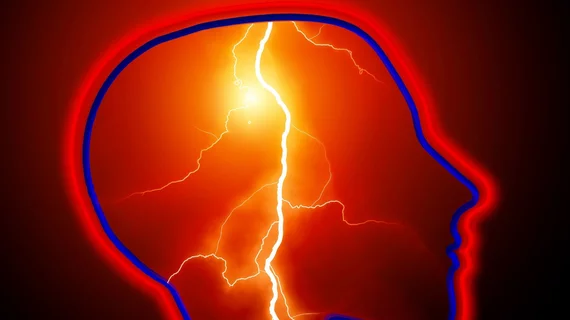Physical activity is linked to smaller brain bleeds, new CT data reveal
New data derived from computed tomography scans of individuals suffering from intracerebral hemorrhage (ICH) offer further evidence into the benefits of maintaining some form of consistent physical activity.
The research, published in Stroke and Vascular Neurology, suggests that just four hours of physical activity per week can reduce the significance of a brain bleed, reducing bleeding volumes by up to 50% in comparison to inactive individuals.
Given that the risks of major adverse side effects of ICH increase with larger bleeds, the new data have implications when caring for at-risk individuals, experts involved in the research suggested.
For the study, investigators retrospectively analyzed data from 686 patients treated for ICH at Sahlgrenska University Hospital in Gothenburg, Sweden, between 2014 and 2019. The team compared patients’ imaging alongside their reported physical activity, stroke severity, post-stroke recovery and 90-day survival rates. The group also considered patients’ stroke locations—lobar, deep or infratentorial.
The group found that those who routinely participated in light physical activity (described as at least four hours or more per week of walking, jogging, etc.) displayed significantly smaller bleeds in comparison to inactive individuals. This was more often seen in bleeds that occurred in deep and lobar locations. Physical activity also was associated with less severe strokes, positive one-week functional status and 90-day-survival.
Katharina Stibrant Sunnerhagen, a professor of rehabilitation medicine at the University of Gothenburg and senior consultant physician at Sahlgrenska University Hospital, supervised the study. She suggested that these latest findings could have implications for the future of treating and managing individuals at risk of stroke.
“We hope that our findings contribute to a deeper understanding of intracerebral hemorrhages and aid in the development of more effective preventive measures” she suggested.
The study abstract can be viewed here.

